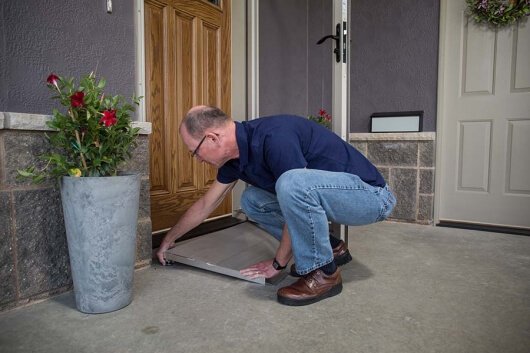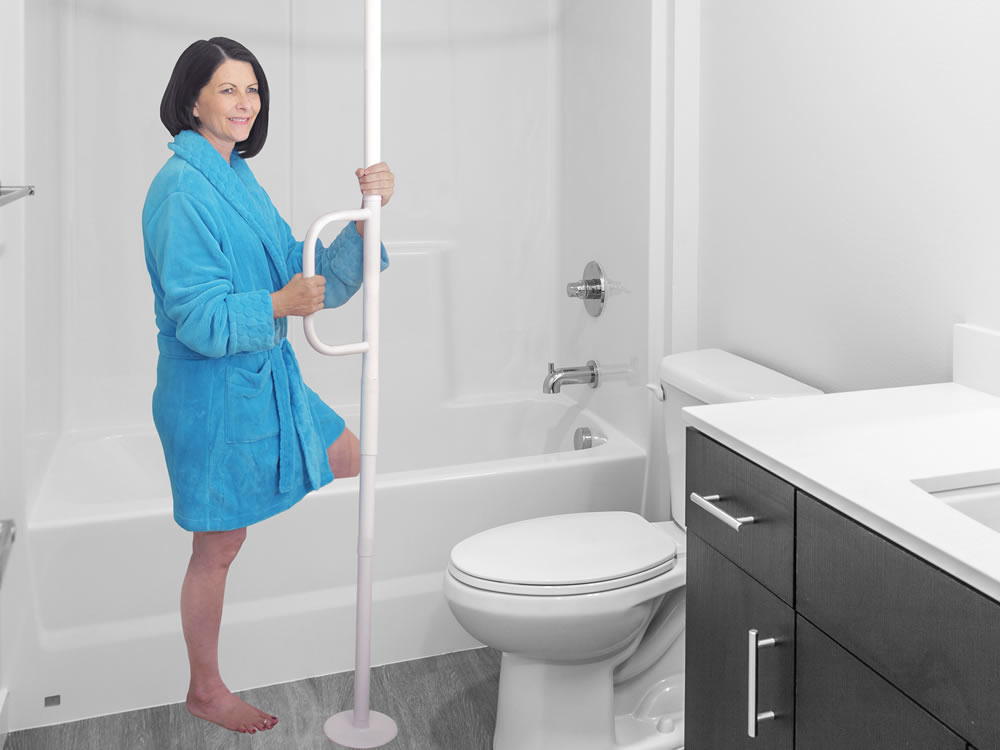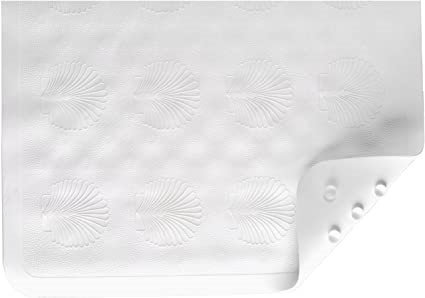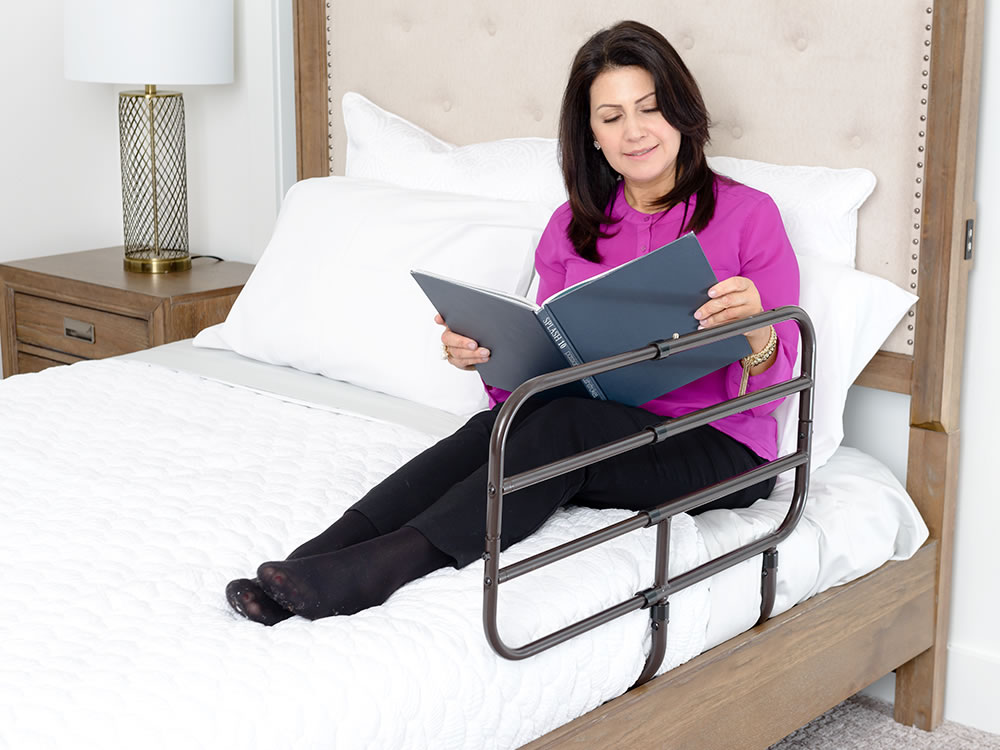WHO CAN BENEFIT FROM A HOME SAFETY EVALUATION?
Family members who are suffering physical limitations, mental deficiencies, function losses, or social deficits can benefit from some level of home modification. A Home Safety Evaluation is used to assess the severity of patient losses and determine the suitability of a home regarding safety and comfort. To assess the severity of losses in your loved one, consider the following circumstances:
Physical
Vision/hearing loss
Disease or illness
At-risk for falls
Polypharmacy
Lack of mobility
Functional
Poor gait and balance
Recovering from injury
Weakness in muscles
Arthritis or other chronic conditions
Social
Self-neglect
Small social circle
Difficult finances
Lack of transportation
Mental
Dementia
Depression
Anxiety
During a Home Safety Evaluation, it is necessary to assess each section of the house and identity potential hazards or tasks that may be difficult or dangerous to perform. With each red flag that is identified, a contingency plan should be made to address said hazard or task. Such an assessment may require asking difficult questions and having open dialogue between you and those you care for.
For a full home care assessment, we recommend contacting a local Occupational Therapist (OT). Occupational Therapists will fully assess the needs of your loved one and their home, including: functional necessities, emotional well-being, safety precautions, and financial resources.
To assess the suitability of your home, click on each area of the home below and answer each question. Each question will help you create a contingency plan to increase the safety of your home.
Review the Home Assessment questions below:

-
- Are telephones available throughout the house?
- Are emergency contacts and important phone numbers posted and easy to read?
- Are speed dials to caregivers, doctors, and emergency personnel set on telephones?
- Do thresholds in doorways have proper coverings?
- Do thresholds covers need to be installed?
- Are telephones available throughout the house?
-
- Are sharp or dangerous objects stored appropriately?
- Are guns and knives stowed away appropriately?
- Are cleaning supplies properly stored and labeled?
- Are there sharp edges on furniture counters?
- Is there a plan in place in case of an emergency, such as a fire, earthquake,or other natural disaster?
- Do all fire and CO alarms work properly?
- Are there fire extinguishers that are accessible?
- Is there a fire escape plan for each room of the house?
- Are there flashlights easily accessible in each room?
- Is there a first aid kit easily accessible?
-
- Is there adequate lighting throughout the house?
- Do additional lights or lamps need to be added?
- Do nightlights need to be added in walkways or stairways?
- Is there appropriate heating and cooling in the home?
- Is the thermostat readable and easily accessible?
- Is the water temperature at an appropriate level for sensitive skin?
- Is there adequate lighting throughout the house?
-
- Is the person in need of walking assistance?
- Do they need a walking aid with a seat?
- Will they be using the walking aid outside of the home?
- Will they benefit from an indoor specific walker rollator?
- Is the person in need of walking assistance?
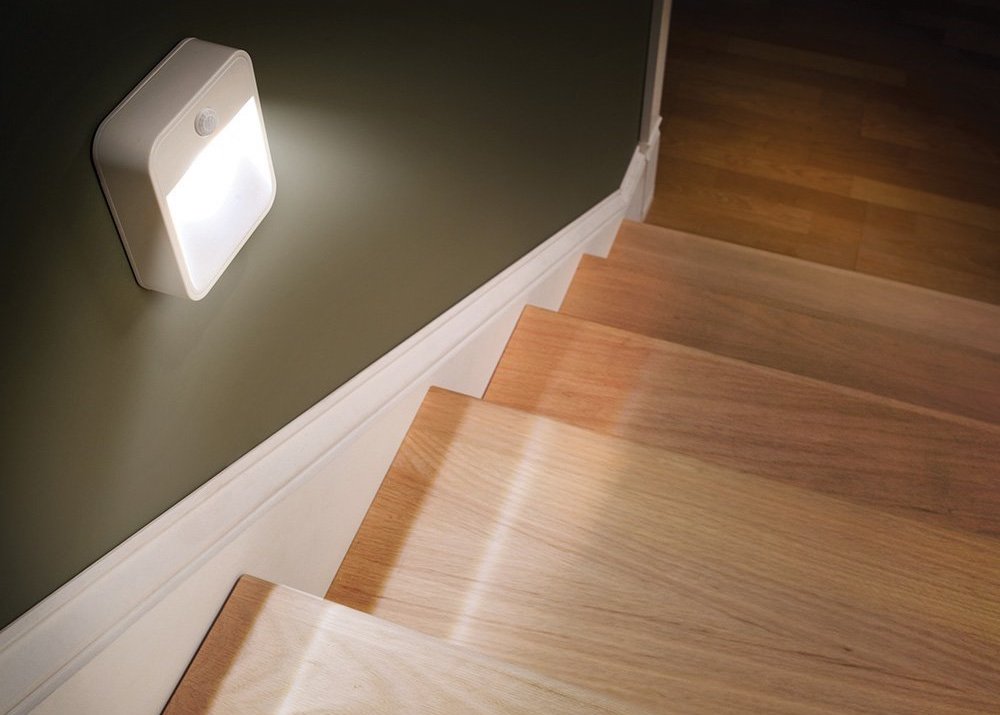
Proper stairway lighting
-
- Can the person enter the home on their own?
- Do they need a wheelchair to enter?
- If so, is the home wheelchair accessible?
- Do they need a walker or rollator to enter?
- Do they require to be carried into the home?
- Are there handrails when entering the home?
- Do handrails need to be installed for assistance when entering or leaving the home?
- Can the person enter the home on their own?
-
- Is the pathway or entryway into the home free of cullter?
- Are they at risk of tripping on anything and falling?
- Is the pathway in good repair? (see image)
- Is there grease, oil, or ice on the ground that could cause slipping?
- Are there rugs or mats in the entryway?
- Are they wrinkled or have curled edges that could be tripping hazards?
- Do they need slip-resistant backing?
- See bathroom section for more information on rugs and mats

Lifted concrete can be a tripping hazard
-
- Is the bathroom free of clutter?
- Are there unnecessary items on the ground to trip over?
- Are there unnecessary items on the counter that could fall or get knocked over?
- Are there unnecessary items in the cabinets?
- Is the bathroom free of clutter?
-
- Are there loose rugs or mats on the floor?
- Are they wrinkled or have curled edges to trip over?
- Do they need slip-resistant backing?
- Do they present a risk of slipping and falling?
- Is there a walk-in shower available?
- Can they step over the shower or bathtub lip?
- Do handrails need to be installed in the shower or bathtub?
- Can they get on and off the toilet easily?
- Do handrails need to be installed next to the toilet?
- Is the toilet seat too low?
- Are there loose rugs or mats on the floor?
-
- Is there a risk of falling while in the shower or bathtub?
- Do they need a shower chair or bench to sit down while bathing?
- Do handrails need to be installed in the shower or bathtub?
- Do you need a bathmat to help prevent slipping?
- Would they benefit from using a removable shower head?
- Are necessary items in easily accessible locations?
- Is the soap or shampoo easy to reach?
- Do you need to install shampoo/soap dispensers in the shower or bathtub?
- Are toiletries available without bending over or reaching to high places?
- Are cabinets and drawers easy to open and close?
- Are walking aids or wheelchairs going to be used in the bathroom?
- Can the walking device easily get through the doorway?
- Is there ample space to turn around with the mobility aid?
- Is there anything on the floor impeding the mobility device?
- Is there a risk of falling while in the shower or bathtub?
-
- Can the person reach necessary items without climbing?
- Are the countertops at an appropriate level?
- Is the microwave at an accessible level?
- Can items be stored safely in lower cabinets?
-
- Is the kitchen floor and counterops clear of clutter?
- Is there anything in danger of falling or getting knocked off the countertops?
- Are there any tripping hazards on the floor?
- Are there unnecessary items on or in the counters and cabinets?
- Are there loose rugs on the floor?
- Are they wrinkled or have curled edges?
- Do they need slip-resistant backing?
- Are walking aids or wheelchairs going to be used in the kitchen?
- Can the mobility aid navigate around the counters?
- Is there ample space to turn around with the mobility aid?
- Is there anything on the floor that might impede movement of the aid?
- Is the kitchen floor and counterops clear of clutter?

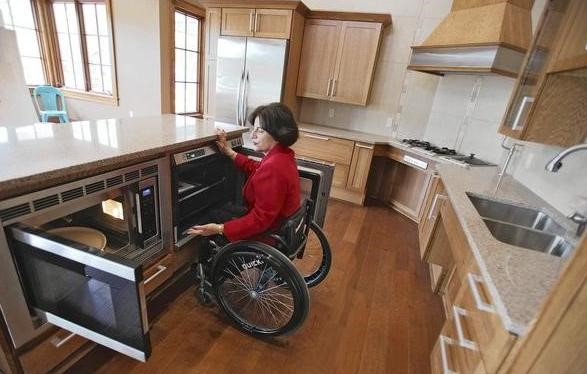
Dirty vs. clean/accessible kitchen
-
- Are the couches and chairs at an appropriate height?
- Are furniture risers needed?
- Is there a lift chair available?
- Are the couches and chairs at an appropriate height?
-
- Can the person easily sit or stand from couches or chairs?
- Are the arm rests worn or cushioned?
- Are standing aids needed on chairs?
- Will ample time be spent in a chair?
- Will they require a TV dinner tray to eat meals?
- Can the person easily sit or stand from couches or chairs?

Avoid using cushioned armrests to stand
-
- Are walking aids or wheelchairs going to be used in the living room?
- Is the furniture arranged to allow ease of movement?
- Are there any cords or wires across the floor that could be a tripping hazard?
- Is there ample space to turn around with the mobility aid?
- Are there loose rugs or mats on the floor?
- Are they wrinkled or have curled edges?
- Do they need slip-resistant backing?
- Are walking aids or wheelchairs going to be used in the living room?
-
- Is the bedroom located near a bathroom?
- If not, is there an alternative bedroom in the house closer to a bathroom?
- Are there any obstacles that need to be removed to get to the nearest bathroom?
- Is the bedroom located on a separate floor than the main living spaces?
- If so, is there an alternate bedroom or room that could be used as a bedroom on the main floor?
- Do you need a stair lift or stair lift alternative to get up and down the stairs?
- Are walking aids or wheelchairs going to be used in the bedroom?
- Can the person easily transfer from the bed to the mobility aid?
- Is there clutter that might impede the use of the aid?
- Are there any loose cords or wires running across the floor that could cause someone to trip and fall?
- Is the bedroom located near a bathroom?
-
- Can your loved one get in and out of bed by themselves?
- Is the bed at an appropriate height?
- Do they need a bed handle for assistance in and out of bed?
- Do they need bed stairs to get into bed?
- Is the person at risk of falling out of bed during the night?
- Do they have night tremors or sleepwalk?
- Do they have to reach out of bed to a nightstand?
- Do they need a full guard rail to keep them in bed?
- Can your loved one get in and out of bed by themselves?
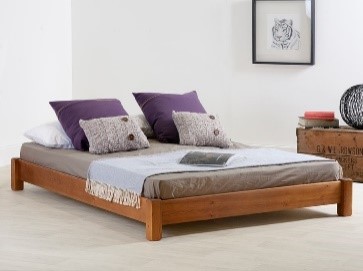
Mattresses that are too low to the ground can make it too difficult to get in and out of bed

